
East flank land deployment (Romania)
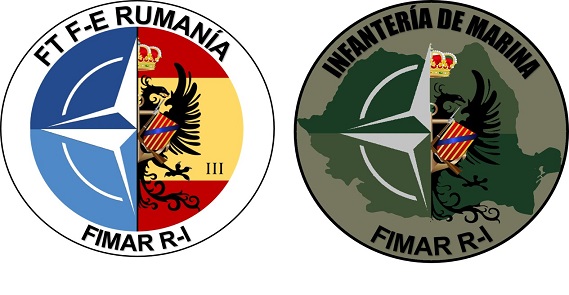
NATO's forward presence
NATO's military presence in the eastern part of the Alliance is a key element of its enhanced deterrence and defence posture, which has been improved in recent years to reflect the new security reality in the Euro-Atlantic area. The forward presence of allied forces is defensive, proportionate, transparent and in line with the Alliance's international commitments and obligations. It represents an important commitment on the part of the Allies and is a tangible reminder that an attack on one NATO ally is an attack on all.
NATO's forward presence comprises eight multinational battlegroups, contributed by framework countries and other contributing Allies on a voluntary, fully sustainable and rotational basis.
Today, troops and personnel from NATO Allies serve, train and exercise together in the east of the Alliance, representing a strong expression of unity and solidarity.
Contributing countries' forces rotate in and out of battlegroups; at any time they can be deployed in the area of operations or stationed in their home countries, if necessary, with the ability to deploy rapidly.
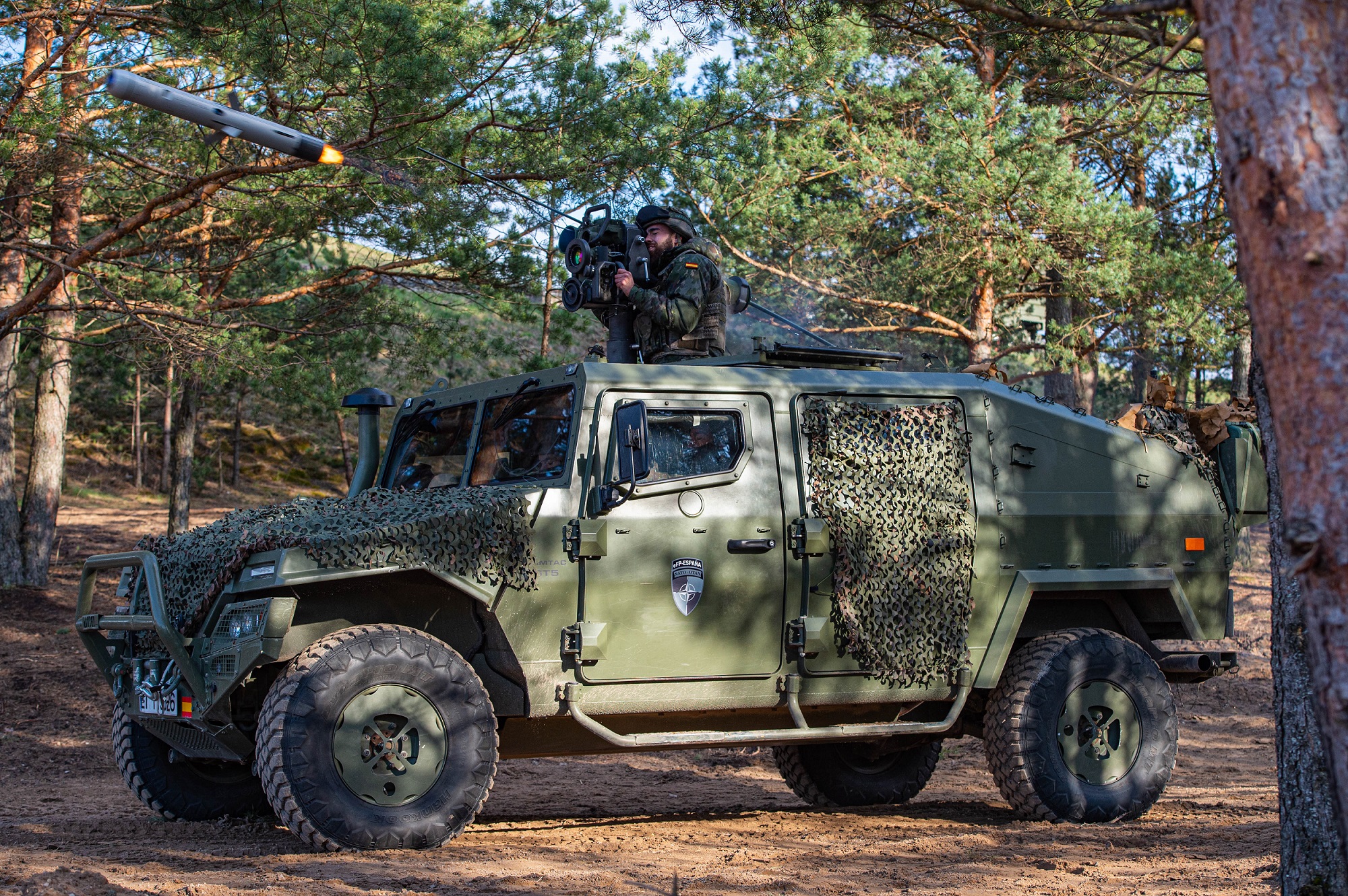
At the 2014 Wales Summit, the Allies agreed to implement the Readiness Action Plan (RAP) to respond rapidly to fundamental changes in the security environment, at NATO's borders and elsewhere.
Building on the RAP, the Allies adopted new decisions at the 2016 Warsaw Summit to reinforce NATO's deterrence and defence posture and to help project stability and strengthen security beyond NATO's territory.
These decisions constitute the largest increase in the Alliance's collective defence in a generation. Combined with the forces and capabilities needed for rapid reinforcement by follow-on forces, these measures will enhance the security of all Allies and ensure that Alliance territory, populations, airspace and sea lines of communication, including across the Atlantic, are protected against threats from wherever they emanate.
In line with the decisions of the 2016 Warsaw Summit, four multinational battle groups were deployed in Estonia, Latvia, Lithuania and Poland in July 2017. The allies also increased their activity in the southeast through a tailored presence on land, sea and air to improve situational awareness, interoperability and responsiveness.
In response to Russia's actions in the Black Sea region in November 2018, NATO decided to increase its presence in the region to further improve situational awareness. The allies also stepped up their support to Georgia and Ukraine with more training and exercises for maritime forces and coast guards, as well as port visits.
Following Russia's unprovoked and unwarranted invasion of Ukraine in February 2022, the Allies have sent more ships, aircraft and troops to NATO territory in Eastern and Southeastern Europe, further strengthening the Alliance's deterrence and defence posture. This includes the deployment of thousands of additional troops to NATO battle groups, fighter aircraft to support NATO's air policing missions, reinforced naval forces in the Baltic and Mediterranean Seas, an increase in overall troop readiness and, for the first time, the deployment of the NATO Response Force's highest readiness element to Romania.En la Cumbre extraordinaria de la OTAN, celebrada en Bruselas el 24 de marzo de 2022, los Jefes de Estado y de Gobierno aliados acordaron establecer otros cuatro grupos de combate multinacionales en Bulgaria, Hungría, Rumanía y Eslovaquia.
At the 2022 NATO Summit in Madrid, the Allies agreed on a new NATO Force Model, which represents a further expansion of the high-readiness forces potentially available to NATO, where and when needed, and new measures to increase NATO's ability to reinforce Allies in the East. In addition, the Allies agreed to expand multinational Battlegroups from battalion to brigade size. The details of the NATO Force Model, including its exact scale and composition, are still being developed.
Subsequently, at the 2023 Vilnius Summit, the Allies approved a new generation of regional defence plans, which will significantly improve the coherence of NATO's collective defence plans with Allies' national force, posture, capabilities and command and control plans.
The allies have also agreed to boost NATO's capacity to reinforce its forces in the East by developing:
- more pre-positioned equipment and weapons arsenals;
- more forward-deployed capabilities, including integrated air and missile defence systems;
- strengthened command and control;
- enhanced regional defence planning, with specific forces pre-assigned to the defence of specific allies.
NATO, and thus Spain as an ally, has increased its military presence in the eastern part of the Alliance as a direct consequence of Russia's behaviour, which reflects a pattern of aggressive actions against its neighbours and the wider transatlantic community.
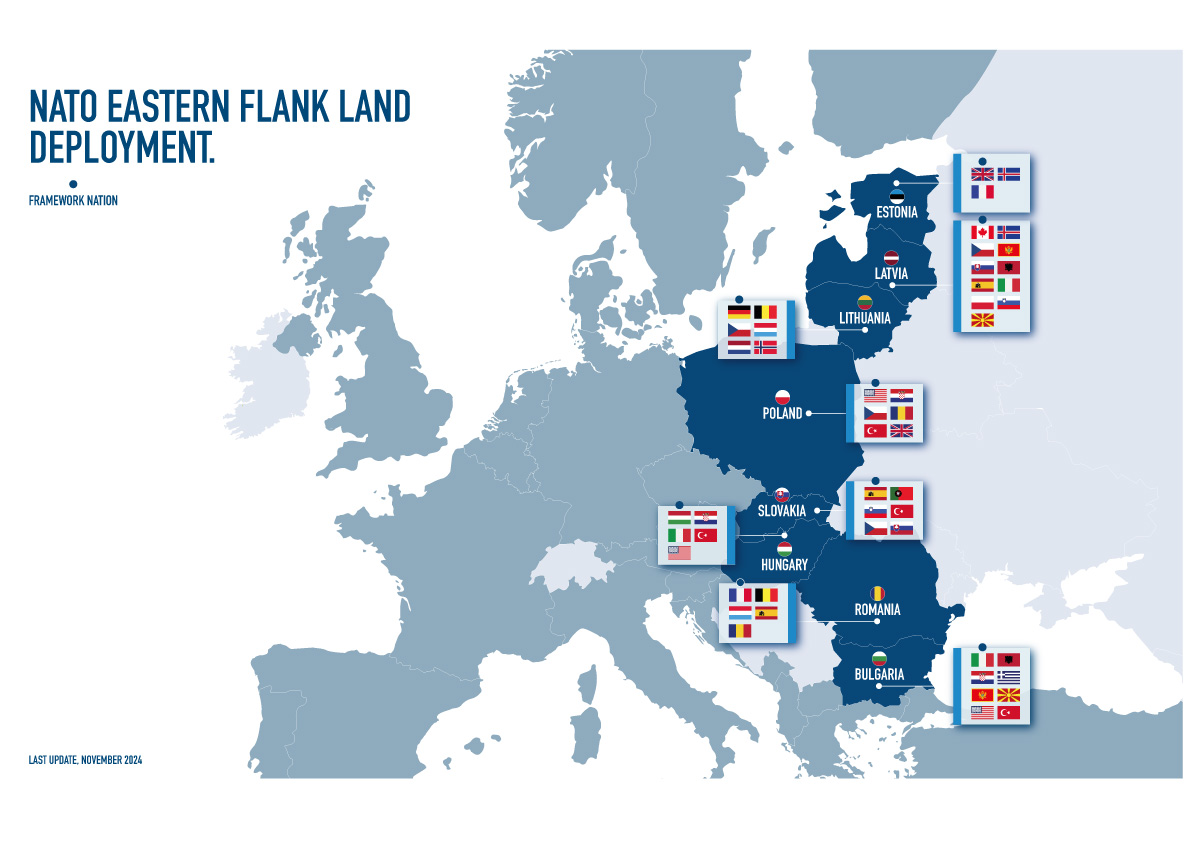
- Host country: Bulgaria
Framework country: Italy
Contributing nations: Albania, Greece, Montenegro, Northern Macedonia, Turkey, USA
- Host nation: Estonia
Framework nation: United Kingdom
Contributing nations: France and Iceland
- Host nation: Hungary
Framework nation: Hungary
Contributing countries: Croatia, Italy, Turkey and the United States
- Host nation: Latvia
Framework nation: Canada
Contributing nations: Albania, Iceland, Italy, Montenegro, Northern Macedonia, Poland, Slovakia, Slovenia, Spain, Iceland, Italy, Montenegro and Poland
- Host nation: Lithuania
Framework nation: Germany
Contributing nations: Belgium, Czech Republic, Luxembourg, the Netherlands, Norway and the USA
- Host nation: Poland
Framework nation: United States
Contributing nations: Croatia, Romania, United Kingdom
- Host nation: Romania
Framework nation: France
Contributing nations: Spain, Belgium, Luxembourg, North Macedonia, Poland, Portugal, and the USA
- Host nation: Slovakia
Framework nation: Spain
Contributing nations: Slovakia, Slovenia, Portugal and Czech Republic.
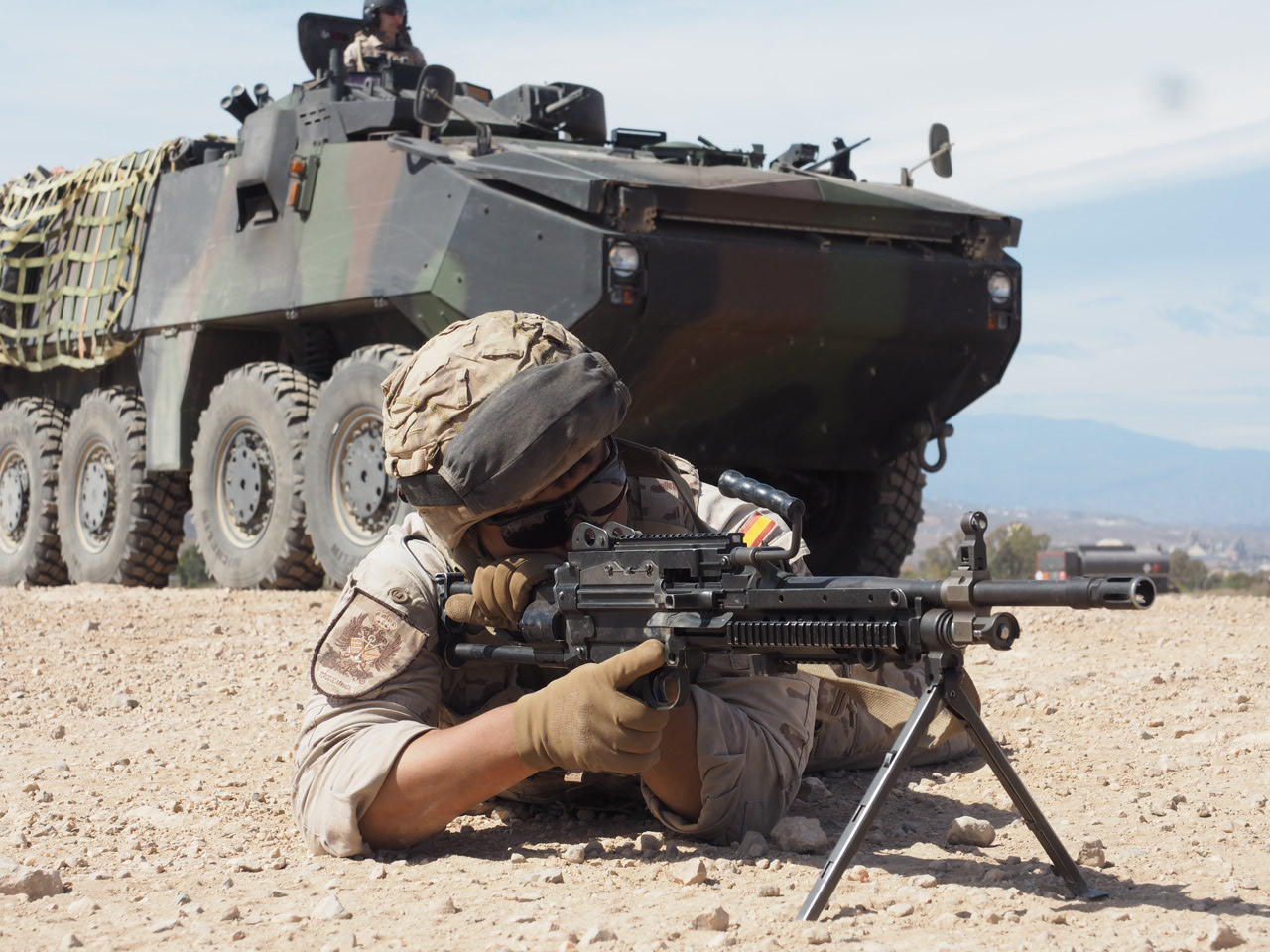
The Spanish Armed Forces began deploying personnel and capabilities to Romania at Cincu on 15 October 2024.
The forces contribute to the deterrence and defence capabilities required by the Alliance.
This effort is joined by Belgium, Luxembourg, North Macedonia, Poland, Portugal and the United States, which, under the leadership of France, complement the Battlegroup's deterrence and defence capabilities.
Our country provides this Atlantic Alliance mission with forces and capabilities as part of the commitments acquired with the International Security and Defence Organisations.
Spain is a responsible partner and ally, committed to NATO's defence objectives. This deployment of forces to support and reinforce NATO's forward presence on NATO's eastern flank demonstrates the firm commitment of Spain and its Armed Forces to our allies and Spain's resolute contribution to the Alliance's deterrence efforts in Eastern Europe.
2024
-
29 November. The Marine Corps Brigade ‘Tercio de Armada’ has concluded the Transfer of Authority to the Supreme Allied Commander Europe (SACEUR)
15th October. The first Spanish contingent belonging to the Tercio de la Armada (Rota) is integrated into the Battle Group of the mission in Romania.
EMAD PRESS RELEASE ON GROUND DEPLOYMENT IN THE EAST FLANCO (Romania)
-
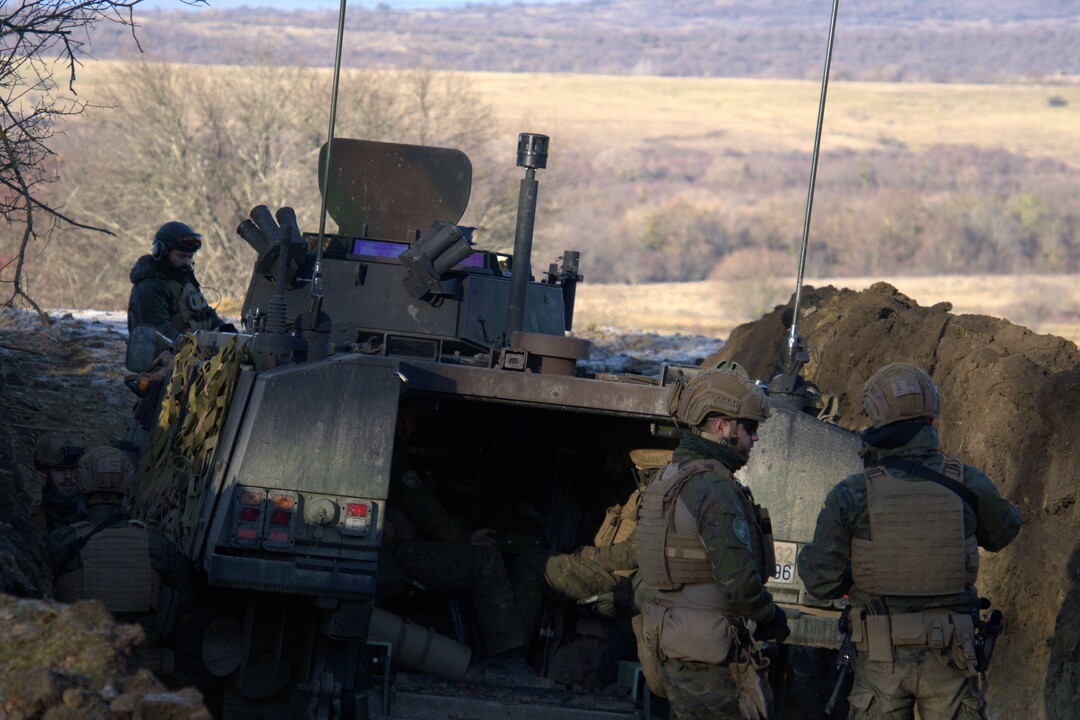
Marine Corps battle gruoup closes the year with the 'Eagle Defender' exercise
Marine Corps battle gruoup closes the year with the 'Eagle Defender' exercise
2024/12/23In Cincu, Romania
More information -
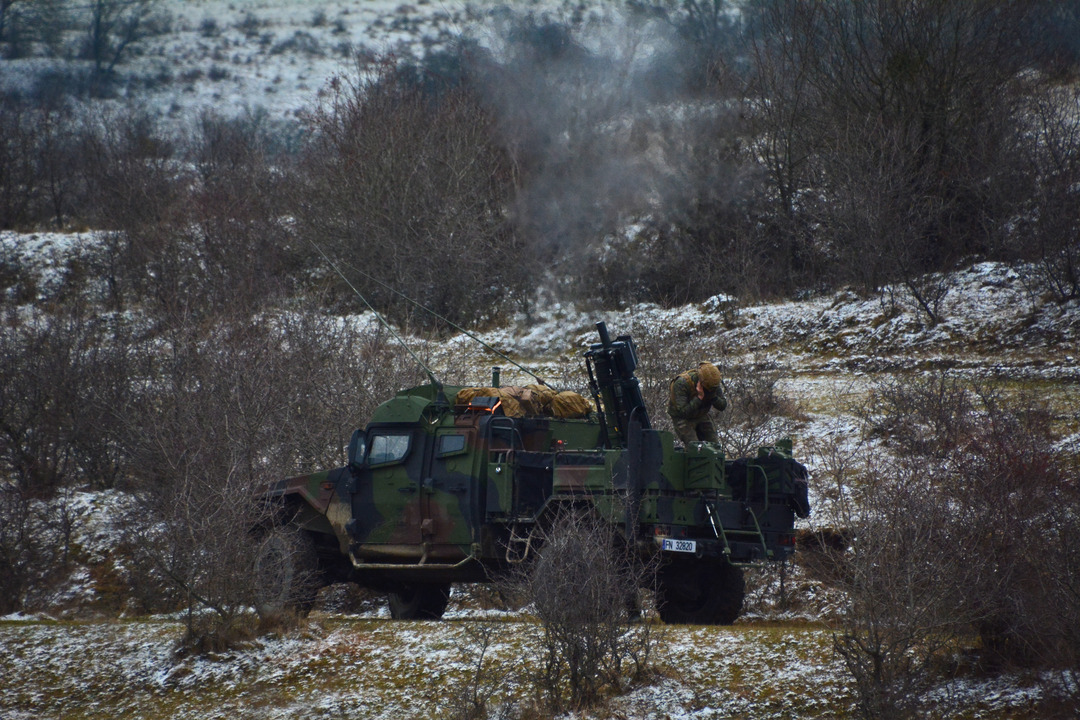
Marine detachment deploys its on-board mortar in NATO Eastern Flank exercise
Marine detachment deploys its on-board mortar in NATO Eastern Flank exercise
2024/12/18In Cincu, Romania
More information -
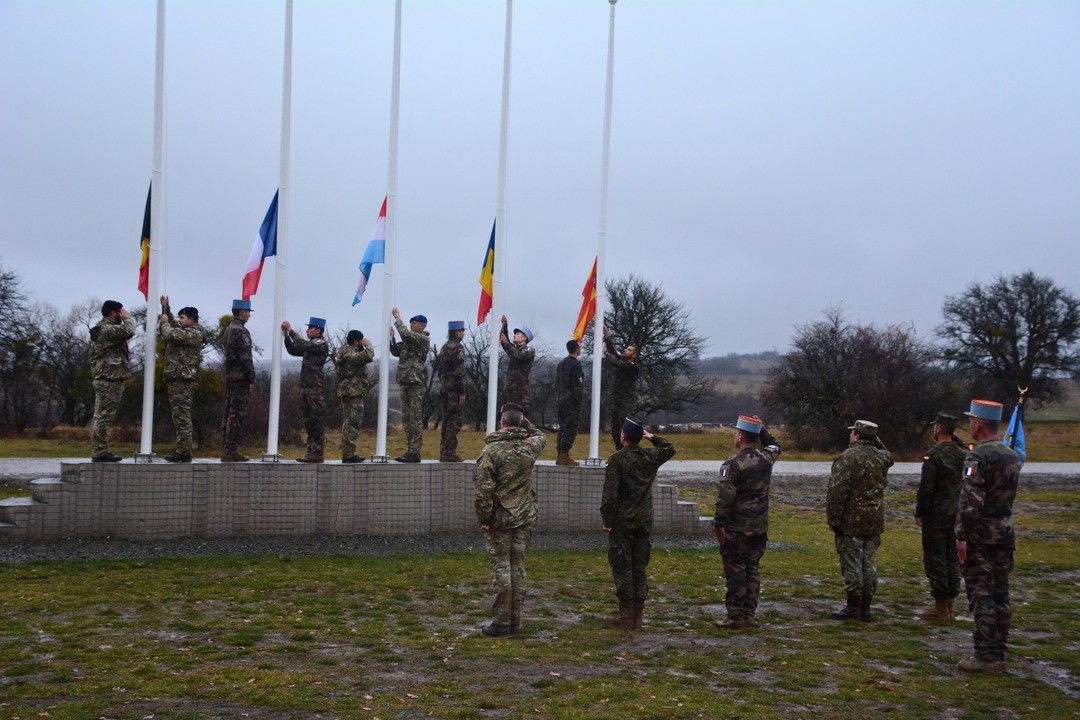
Marine Corps Battle Group deployed to Romania joins NATO's Battle Group in Romania
Marine Corps Battle Group deployed to Romania joins NATO's Battle Group in Romania
2024/12/02In Cincu, Romania
More information -
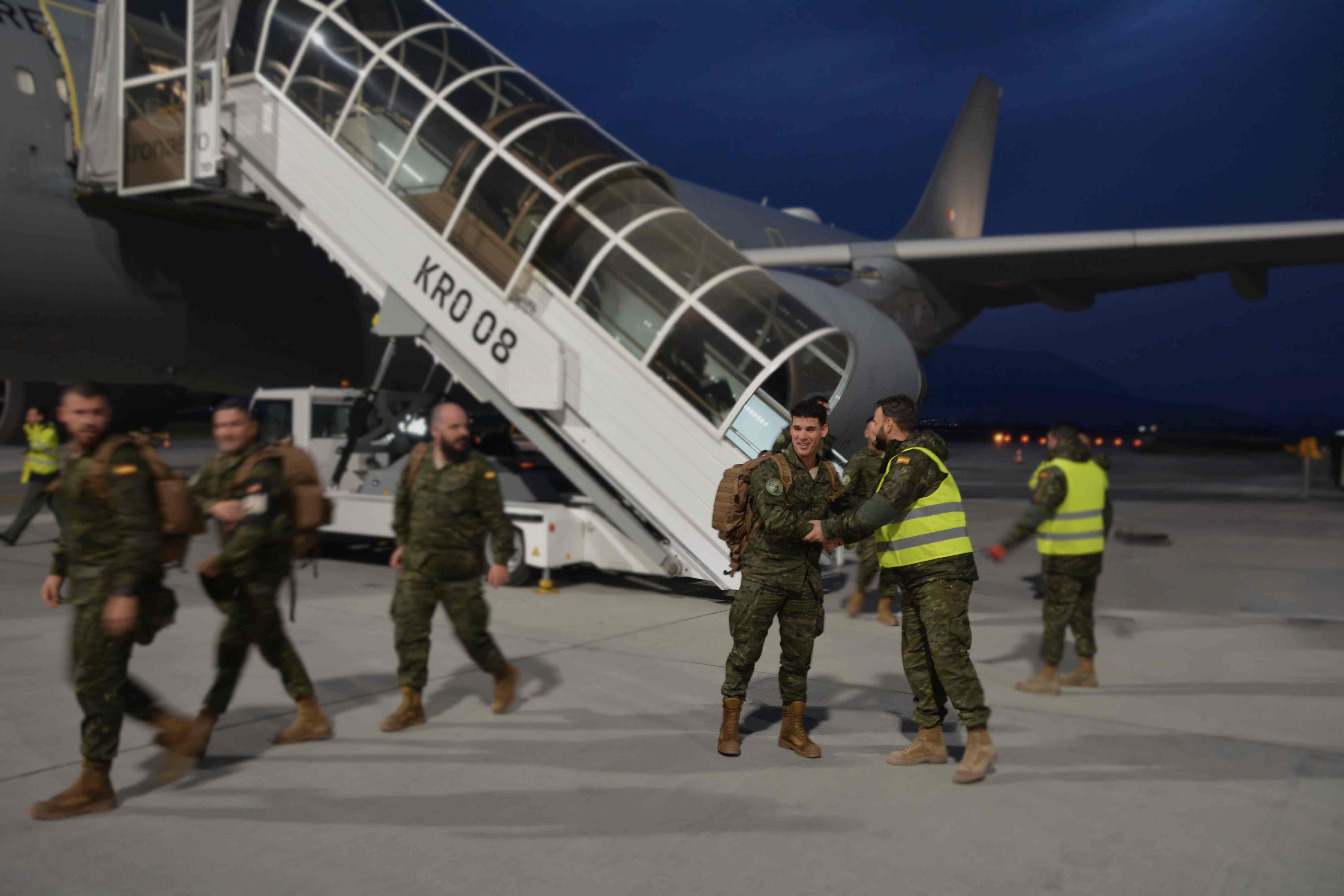
Marine Corps successfully completes deployment in NATO's eastern flank reinforcement mission in Romania
Marine Corps successfully completes deployment in NATO's eastern flank reinforcement mission in Romania
2024/11/13In Romania
More information -
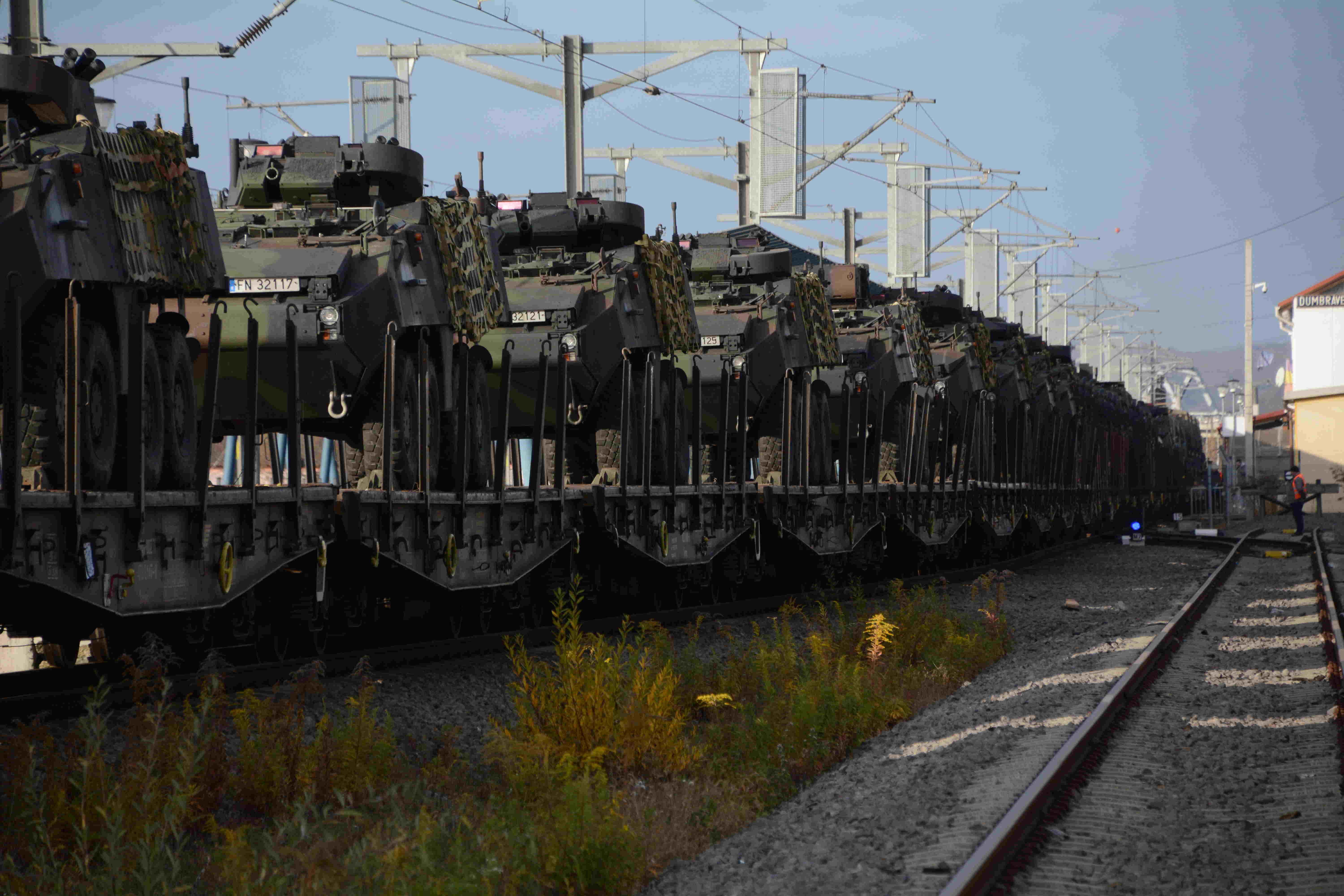
Marine deployment to NATO's eastern flank reinforcement mission in Romania continues
Marine deployment to NATO's eastern flank reinforcement mission in Romania continues
2024/11/05In Romania,
More information

